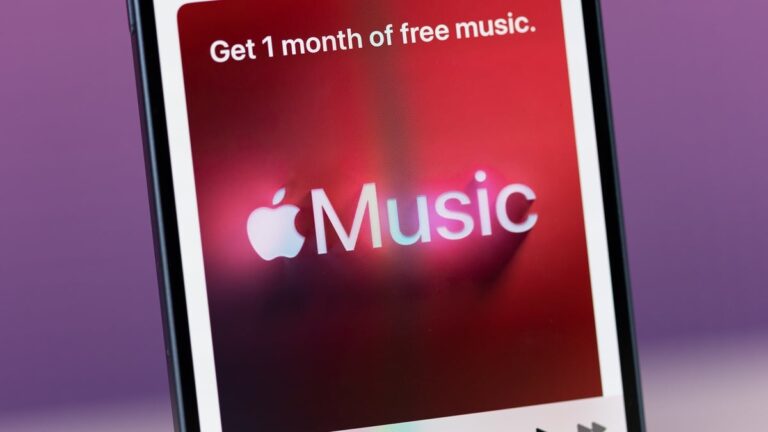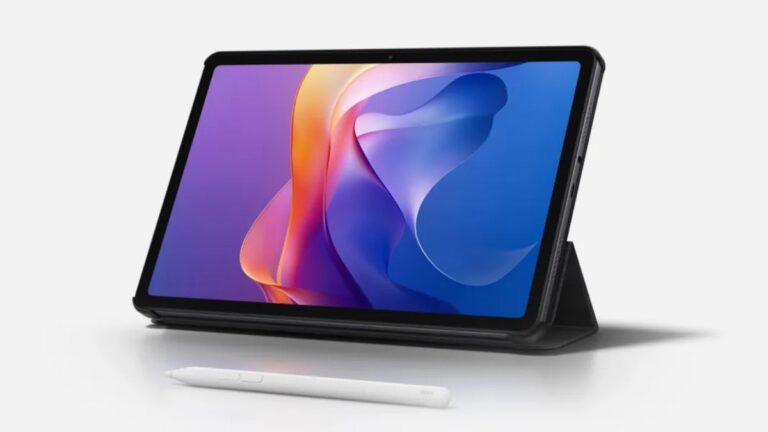Today, T-Mobile moves more data in 24 hours than it did in the whole of 2012
Back in 2012, numerous people around me still had computers at home, be it desktops or laptops – today, everybody just uses a smartphone or a smart TV. Browsing, texting, media consumption, news: it’s all done on the 6-inch screen in the palm of our hands.
Since we’re interconnected now more than ever, the data consumption naturally grows: but do you have any idea how much data we’re talking about here?
Nowadays, T-Mobile moves more data in a single day than it did in the whole of 2012 – in all of its 366 days (it was a leap year), combined!
That’s simply crazy, but I’m sure we all take it for granted: the wireless connectivity just got better and we quickly grew accustomed to it, not giving it too much thought.
Behind the scenes of the revolution
For this monumental shift to take place, T-Mobile had to work hard for years – in fact, back in 2012, T-Mobile had the worst network in America. Hey, I’m not thrashing T-Mobile: none other than Mike Sievert says so.
The CEO of T-Mobile has a lengthy piece on what has changed at T-Mobile‘s for the last thirteen years – and unlike Verizon’s glum 25th b-day announcement, Mike Sievert’s message is uplifted and energetic.
If you’ve followed our journey, you know how monumental that is. When I joined T-Mobile in 2012, we had the worst network in the country. We were losing customers, losing revenue and losing relevance.
– T-Mobile CEO Mike Sievert, July 2025
What followed was a substantial transformation, to say the least.
At the heart of it all was T-Mobile‘s decision to challenge the industry’s outdated thinking, as Sievert puts it. While competitors focused on limiting customers’ data usage and maximizing profits per gigabyte, T-Mobile flipped the model by asking how they could build a network fast enough to meet exploding demand for mobile data.
This shift became central to T-Mobile‘s Un-carrier strategy. Sievert highlighted that this approach became even more important with the arrival of 5G. While other carriers stuck to expensive, limited millimeter wave technology and attempts to charge premiums, T-Mobile saw an opportunity to build something else. By focusing on mid-band spectrum, which offers a nice balance of speed and coverage, and by merging with Sprint to acquire the necessary spectrum, T-Mobile was able to scale its 5G network fast.
As a result, T-Mobile now leads the industry in 5G. The company’s investment of nearly $200 billion over the past decade has resulted in massive improvements, including moving more data in a single day than it used to in an entire year. Sievert emphasized that this success wasn’t because T-Mobile was smarter – it was because the company listened to what customers wanted. He stressed that the mission to keep people connected is ongoing, and that T-Mobile‘s drive to innovate and improve will not stop.
Well, T-Mobile is certainly not perfect – as there isn’t a perfect carrier anyway – and many users are often mad about different aspects of the experience, but T-Mobile‘s transformation is nonetheless impressive.






